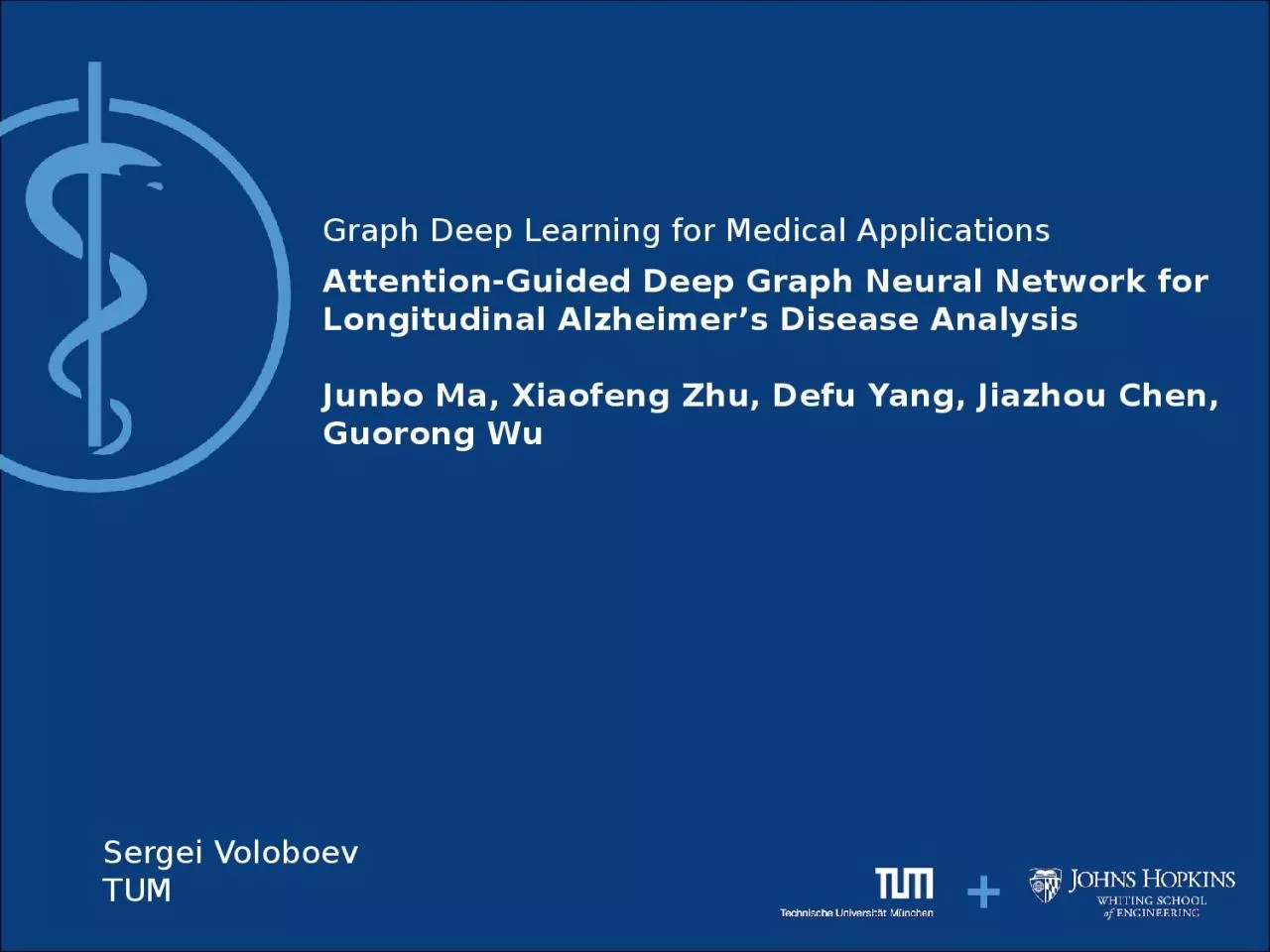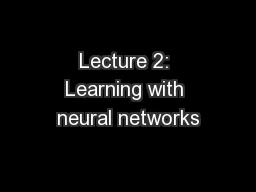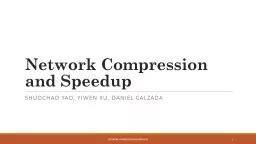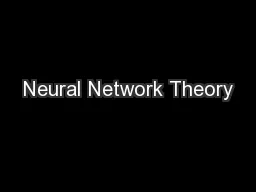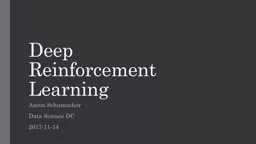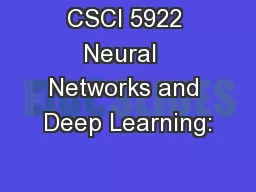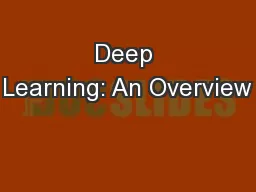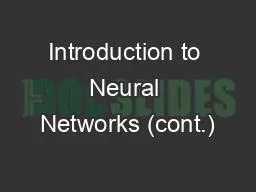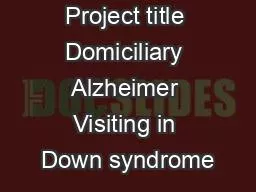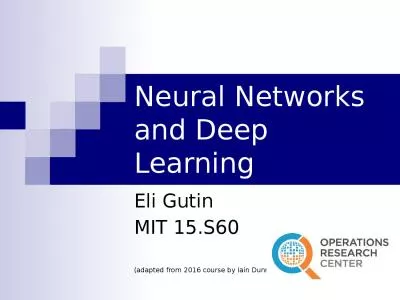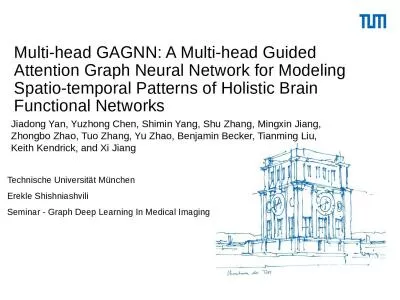PPT-Attention-Guided Deep Graph Neural Network for Longitudinal Alzheimer’s Disease Analysis
Author : leah | Published Date : 2023-11-23
Junbo Ma Xiaofeng Zhu Defu Yang Jiazhou Chen Guorong Wu Graph Deep Learning for Medical Applications Sergei Voloboev TUM Motivation Motivation of the AD prediction
Presentation Embed Code
Download Presentation
Download Presentation The PPT/PDF document "Attention-Guided Deep Graph Neural Netwo..." is the property of its rightful owner. Permission is granted to download and print the materials on this website for personal, non-commercial use only, and to display it on your personal computer provided you do not modify the materials and that you retain all copyright notices contained in the materials. By downloading content from our website, you accept the terms of this agreement.
Attention-Guided Deep Graph Neural Network for Longitudinal Alzheimer’s Disease Analysis: Transcript
Download Rules Of Document
"Attention-Guided Deep Graph Neural Network for Longitudinal Alzheimer’s Disease Analysis"The content belongs to its owner. You may download and print it for personal use, without modification, and keep all copyright notices. By downloading, you agree to these terms.
Related Documents

